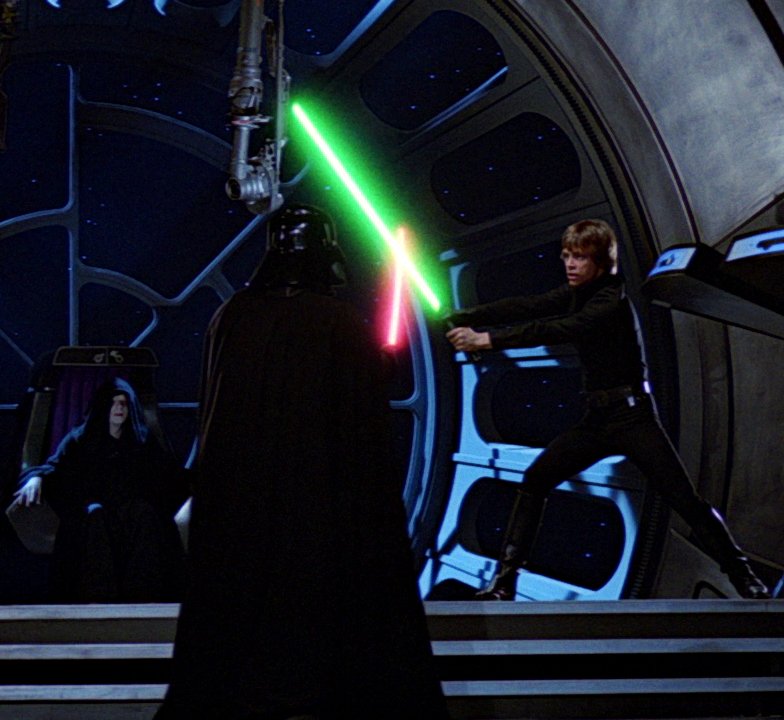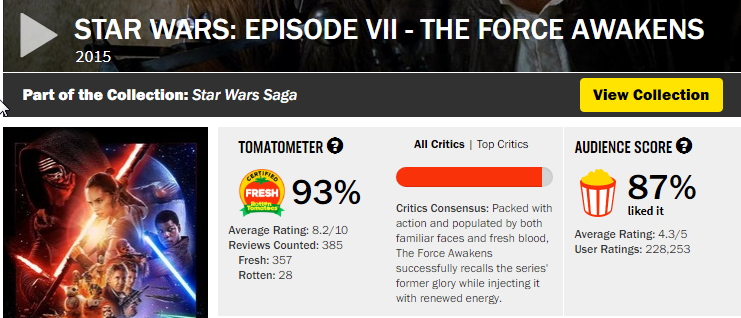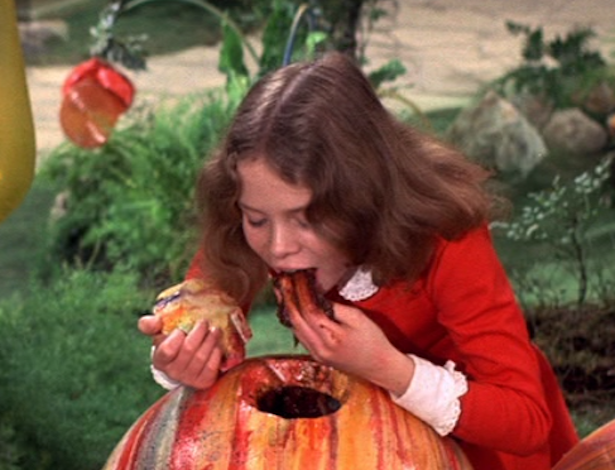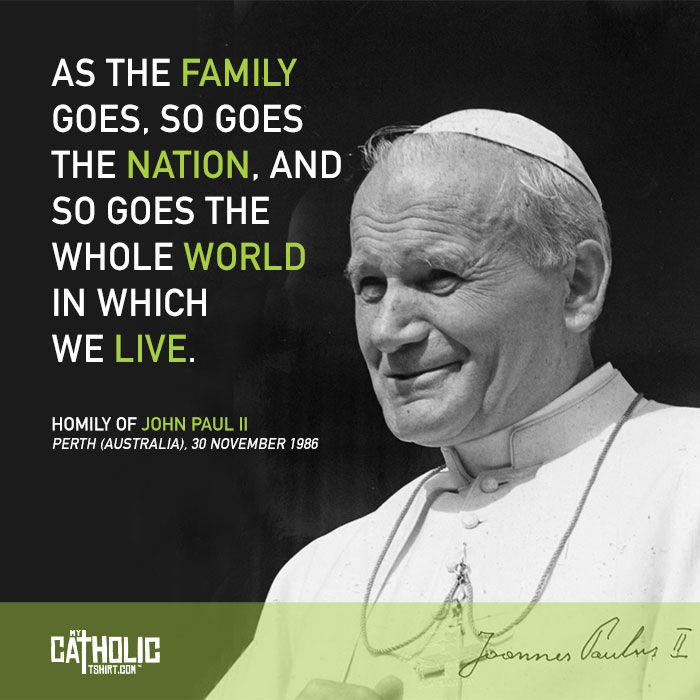Disney’s purchase of Lucasfilm for $4.1 Billion in 2012 generated a lot of excitement from Lucasfilm fans. At the time I was a moderate Star Wars fan, but I was and still am a big Indiana Jones fan. I, and so many other fans of these two franchises, were excited about the possibility of more chapters being added on, of more stories being told.
Although the next chapter in the Indiana Jones saga is still a few years off, Disney immediately began producing a new set of Star Wars movies. Even more exciting to fans was the fact that a new trilogy would be produced and would include the characters from the original trilogy produced back in the 1970’s and 1980’s. How exciting to see the heroes of our childhoods back for more adventures!

The first new film opened to near universal acclaim. Movie review aggregator website Rotten Tomatoes showed the movie was given positive reviews by 93% of movie critics and 87% of audiences. Although many themes and plot elements were very similar to the original Star Wars trilogy, there was enough new material to keep both hardcore Star Wars fans, as well as the general media, happy and entertained. After more than 30 years, fans finally got to see Chewbacca, Princess Leia, C3PO, and R2-D2 back on the screen. We witnessed the death of Han Solo (who was the best character in a franchise driven mostly on the strength of its characters), but had to wait until the closing seconds to finally get a glimpse of the elderly Luke Skywalker. The Force Awakens ended on a bit of a cliffhanger, with Rey finally finding the planet of Luke’s exile. The movie ends with Rey handing Luke the lightsaber he lost at the end of The Empire Strikes Back and symbolically telling him the universe was once again in need of the hero Luke Skywalker. The film created many questions that left the audience excited and anxious for the next sequel.

After two long years of waiting, the next chapter titled The Last Jedi was released, and the reaction was much different. While Rotten Tomatoes showed that a very strong 91% of critics approved of the movie, only 46% of audiences reported liking it.

There were various suggestions thrown out as to why fans were so critical of the latest chapter. Perhaps it was because very few of the questions raised in The Force Awakens were answered in a meaningful way. Or maybe it was because of the many plot contrivances that used concepts not seen in any of the previous eight Star Wars movies. Conceivably it was because the characters were mostly dull and underdeveloped. Some even suggested it was because Disney focused too much energy on advancing the female characters at the expense of the male characters – most the male characters were weak, ineffectual, or foolish while the female characters were smart, graceful, and determined.
I believe it was so despised by Star Wars fans because the producers of the movie made a concerted effort to subvert the characters – especially Luke Skywalker. In one of the trailers, the villain Kylo Ren is heard saying “Let the past die. Kill it if you have to.” The producers chose to make this the major theme of the movie. But what they set out to kill was the feelings of admiration for the heroic character that we’d appreciated since childhood. Throughout the movie Luke is made to look like a grumpy, miserable failure. He stubbornly and selfishly refuses to leave his self-imposed exile, even it it means letting the entire universe fall into evil. Instead of looking at the priest-like Jedi order as the keepers of peace and justice in the galaxy, he now sees them as hypocritical, vain failures.
This is all so very different from the Luke Skywalker of the original trilogy. In the OT Luke had to struggle against evil, both evil that assailed him by being his direct enemy (the Empire), and the evil that tried to seduce him from within (his father being Vader). He is repeatedly warned by Obi-Wan Kenobi and Yoda not to give in to the dark side of the force. Though it would give him great power, it would corrupt him. He is warned against anger and the desire for vengeance, and exhorted to overcome them. In the end, the only way to defeat the Emperor, who is the personification of evil, is to abandon all power, the light and dark sides of the force, and depend on his father’s conversion back to good to save him. The final message of the original trilogy is that mercy and love are more powerful than hate and sin, and Luke is the personification of that message.

How does this tie into our Catholic faith? The Last Jedi is taking the virtue that the original Star Wars movies inspired in us and throwing it into the trash. Star Wars isn’t, and never was, a set of Catholic movies. It has some concepts in it that are decidedly un-Catholic. But one does not have to look hard to find many Catholic messages in it. Messages about self sacrifice, about caring for others more than yourself, about struggling against evil, even when all hope seems lost. “Do not be overcome by evil, but overcome evil with good. (Romans 12:21)” Messages that good wins out over evil in the end if we have courage and perseverance, and that their is no gray line between good and evil. “God is not the author of confusion. (1 Corinthians 14:33)” The Last Jedi is here to tell us we’re stupid for finding these messages in the original trilogy. And that is why so many Star Wars fans hated it.





